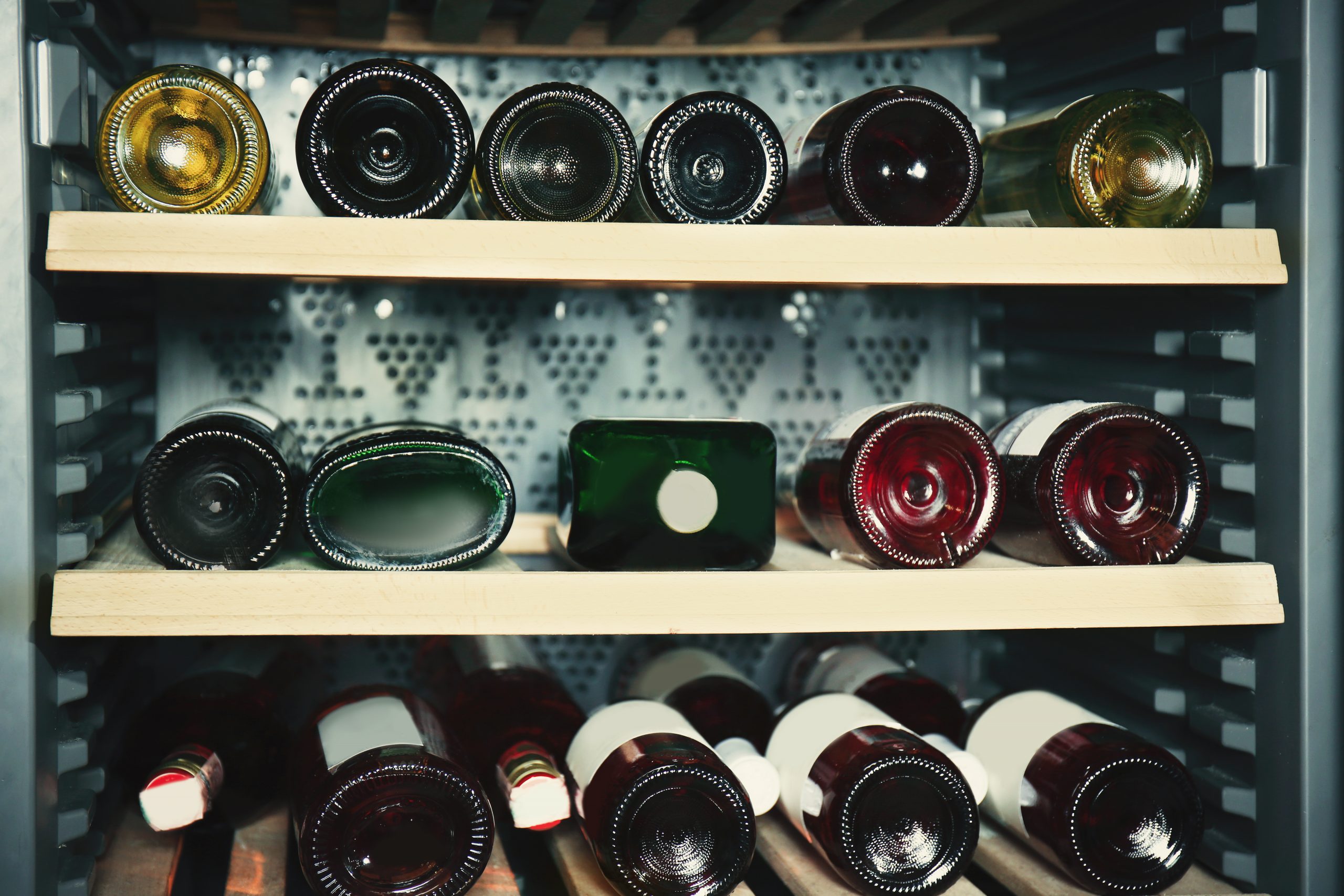

People use the word proper a lot when it comes to wine, but unless you live above a cave in Champagne or Burgundy, France, chances are that you’re having a hard time storing your wine ‘properly.’ However, that doesn’t change the fact that you’ve made a pretty significant investment in grape juice, and you need to protect that in order to get your ROI.
To fully understand how your wine can be affected by storing it irresponsibly, let’s take a quick look at what’s going on inside the bottle as your wine is aging. While you let you wine rest in your storage space, there are some pretty complex chemical reactions going on inside those bottles. These reactions center around a wine’s sugars, acid, phenolic compounds (like tannins), and can alter the taste, color, and feel of a wine on the palate. The idea is to alter the wine in such a way that makes it more appealing to the person ordering or drinking it, and ‘proper’ storage techniques can help increase this quality over time.
Now, when it comes to storing and protecting your wine, there are five main areas to consider…
Heat is the biggest enemy of wine, and it’s important to keep the wine you have in-house below 70°F (21°C). If things get much warmer that, it can speed up the aging process too quickly and produce off flavors in the wine. Most traditionalists maintain that 55°F (13°C) is the perfect (and only) temperature to store wine at, but realistically it’s best to aim for a range of 45°- 65°F (8°- 18°C). Also, keep your white wines out of the fridge until a few hours before opening them. Keeping them too long in the cold can dry out the corks and invite oxygen into the bottle which also can produce imperfections in the wine.
Keep things as consistent as possible! Wide, rapid fluctuations in temperature can cause the wine to expand and contract, pushing out the cork and allowing the wine to oxidize. No need to get paranoid here though about trying to maintain that ‘perfect’ 55°F, or if your temperature fluctuates a few degrees here and there, chances are things are going to be just fine.
The UV rays in natural sunlight can play a big part in potential wine spoilage. This is actually a main reason why so much wine is bottled in darker glass: it simply lets in less natural light to protect the wine. Storing your wine in a place that gets little to no natural light is definitely best. Light that comes from bulbs is far less damaging, but the lighting should still be kept to a minimum for consistency. Just like if you were in your own house: if you’re leaving the room, just switch off the light.
Wine traditionalists (not this Somm) will say that wines should always be stored in a space that holds steady at 70% humidity. Truthfully though, unless your bar is in the desert (sorry, U.S. Southwest!), or in the Arctic (sorry, polar bears!), you shouldn’t have too much of an issue here. As long as you can maintain a humidity of 50-80%, you’ll be in great shape. If, for some reason, your conditions are a little too dry, just place an open bowl of water in your storage space and things should course correct in a few days.
This is an area where I actually fall in line with the traditionalists. If your wine was bottled with a cork, you should be trying to store it on its side as much as possible. Laying your bottles down will help make sure the wine is always in contact with the cork. This will keep the cork from drying out and letting in too much oxygen that will affect the overall flavor of the wine over time.
If you are opening this wine in the near future, or it has a screw-top or plastic cork, this is far less important, but it can’t hurt! Also, laying it down can actually be very efficient for small spaces, and multi-purpose storage rooms in establishments that don’t have a lot of extra space.
There are people out there who lose sleep at night over the stability of their wines, but I am definitely not one of them. It is true that spastic, violent movement has been shown to speed up certain chemical reactions in wine, but don’t fret. Unless you’ve chosen to store your wine on the back of a rocket, or shake it up like a fresh carton of orange juice (both terrible ideas by the way), then you’re going to be just fine.
I know what you’re thinking: I’ve basically just described the perfect wine cellar, which you probably don’t have the space or the budget for. I feel your pain, my friend. This just means it’s time to get as enterprising as you are when creating your cocktail menu, and think outside the box…or, in this instance, think outside the case!
The criteria above can be recreated in a number of non-conventional spaces, and you should definitely experiment with as many of those as possible until you find the perfect place to store your wine. Remember, your inventory is your largest asset. It represents a huge investment of your business’s cash, and it can’t be used for other outflow purposes, so get your wine storage set up as ‘proper’ as possible to protect that investment.
